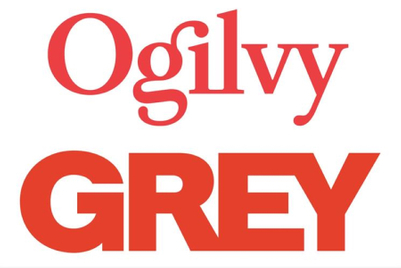
With marketers beginning to comprehend the need to connect with customers in real time, programmatic ad buying has begun to spike in usage. As a precursor to the spike in programmatic usage, the constant connectivity offered through mobile devices present consumers with access to an ever-increasing stream of content via various online channels.
An occasionally-overlooked consequence manifests: The countless online channels present, as well as the near-instantaneous loading times of these channels, change the attention spans of consumers. These burgeoning customer touchpoints, as well as increased volatile demands and desires on the part of the consumers, mean that brands and creative agencies need to adjust thought and working processes.
Optimising programmatic and enhancing the customer experience
One way is to make the creative as much a part of the programmatic strategy as the media.
The combination of programmatic ad buying with the vast amount of customer data available creates the right conditions for a significantly more fluid planning environment, as well as creating the opportunity for customised messaging that improve the relevance of advertising.
Special attention needs to be focused on opportunities presented by customer activity, wants and needs throughout the entire campaign process. Programmatic has the ability to recognise where a customer is on their customer journey, based on previous engagement with ad formats, visitation patterns and interaction with online sites.
Essentially, it’s about retargeting. Ad messaging needs to be adapted to every customer based on their positions throughout the buying process. Programmatic enables instantaneous reactions to real-time changes and developments, allowing marketers to seize every opportunity to connect with the customer.
The objective should be to make advertising better and more enjoyable for the consumer, while also enhancing actionable behaviour that translates to quantifiable business results. Only then will negative consumer attitudes towards advertising be changed, resulting in the reduction of drastic measures such as the usage of ad blockers.
In order to improve engagement, a sequence of activity for the entire advertising funnel is essential—from creating widespread awareness to giving compelling reasons to act. Hence, an industry-wide shift from campaign-led messaging to opportunity-led messaging is needed.
Dynamic, creative, tech-driven solutions should meet in the middle with big brand messaging, both of which should be built around reactive advertising.
The consumer view of advertising
Traditionally, advertisers think in a single campaign which will have a single objective, be it driving awareness, lead generation or sales. A media agency would develop an appropriate strategy to achieve the set objective and deliver a filtered but finite list of publisher proposals to the client before waiting for the client’s response.
Once confirmed, campaigns are set. As of this point, media planning has mainly revolved around discussions with clients about campaign content, but not about campaign journeys and processes. Consumers thus end up being confronted with a repeated and unchanging message that may or may not be relevant to their own stage in the path to purchase, sharply increasing the risk of annoyance and potentially even loss.
As demonstration of the Asia Pacific’s consumer’s strong disinclination towards advertising, the region has the highest share of users that have installed ad-blocking browsers on their smartphones, according to the 2016 Mobile Adblocking Report by PageFair—at 93 percent compared to the rest of the world.
With the increase in usage and availability of ad-blockers, the marketing industry needs to refocus on the consumer. Since the right amount, quality and proper of ads determine the user experience, advertising needs to become more relevant and enjoyable for consumers.
Programmatic provides the needed flexibility and ability to customise digital advertising efforts throughout the process of campaigns, forging a system that can tailor messages to the individual when necessary.
The future of creative programmatic
Planning needs to adapt to recognise the value of customer data at every touch point and focus on delivering the right message, to the right individual at the right time.
At the moment, disparate, disconnected groups contribute to a siloed organisation, all of which work individually, and only belatedly stitch everything together at the end to generate a message.
To get this right, there is a need to create teams across agencies and departments which work collaboratively on strategising and optimising the entire customer journey, placing priority on the customer versus the brand and recognising the potential of a real-time media environment.
The objective should be to make advertising better and more enjoyable for the consumer, while also enhancing actionable behaviour that translates to quantifiable business results. Only then will negative consumer attitudes towards advertising be changed, resulting in the reduction of drastic measures such as the usage of ad blockers.
By enhancing the user experience to an optimum position, and ensuring this optimisation is constant and ever-improving throughout the consumer experience, a brand and its advertising efforts will become more meaningful to people again.
Jonathan Mackenzie is the head of data, technology and innovation (Asia-Pacific) at Publicis Media



.jpg&h=334&w=500&q=100&v=20250320&c=1)

.jpg&h=334&w=500&q=100&v=20250320&c=1)
.jpg&h=334&w=500&q=100&v=20250320&c=1)

.jpg&h=334&w=500&q=100&v=20250320&c=1)
.jpg&h=334&w=500&q=100&v=20250320&c=1)
.jpg&h=334&w=500&q=100&v=20250320&c=1)

+(1).jpg&h=268&w=401&q=100&v=20250320&c=1)


.png&h=268&w=401&q=100&v=20250320&c=1)



